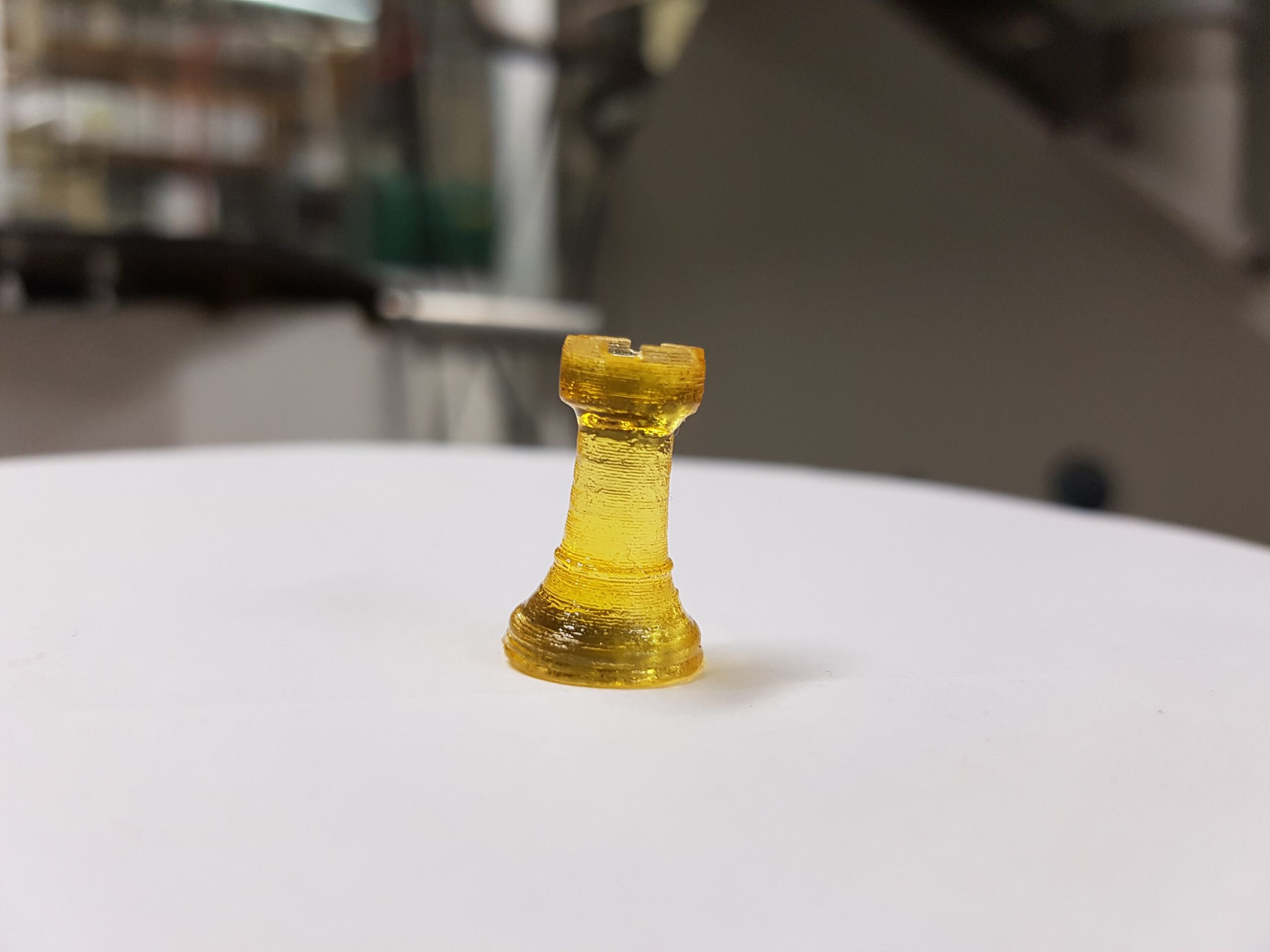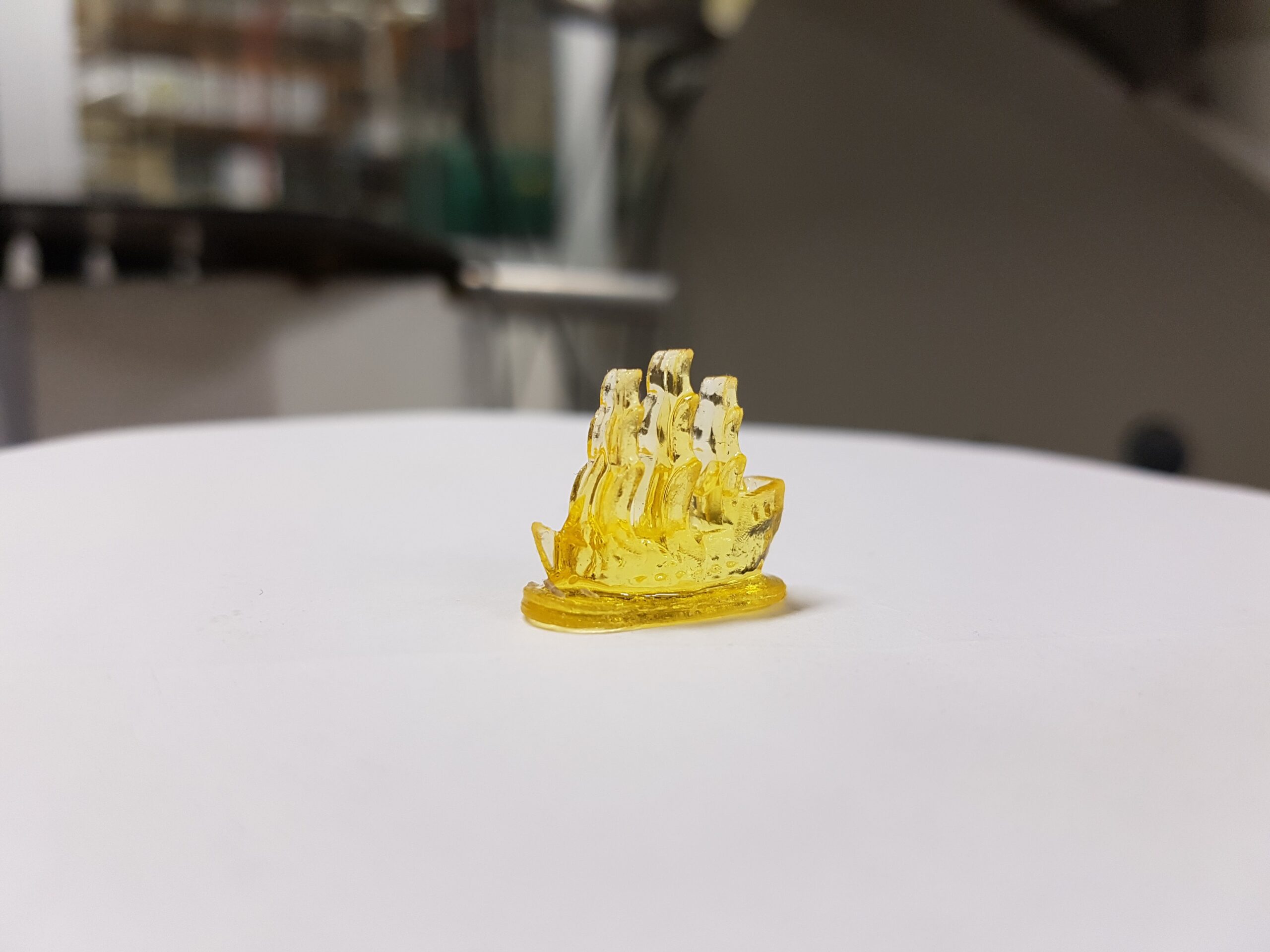The industrial resins currently on the market for stereolithographic 3D printers (which use light to print) are composed of very toxic and polluting substances, as they contain acrylate and / or methacrylate monomers. Such compounds are already known to be dangerous to human health, for example acrylate monomers can be acutely toxic if they are inhaled, ingested or come into contact with the skin. Several researches have found that 3D printed parts can be toxic, cause allergic or inflammatory reactions and infections in users. Furthermore, depending on the type of printer and the material used, potentially dangerous particles are released into the air during operation and, sometimes, also volatile compounds (VOC-Volatile Organic Compounds). Furthermore, with the increasing diffusion of 3D printers, both at professional and amateur level, the quantity of 3D printed components, and therefore of waste derived from this technology, will increase exponentially with a consequent accumulation in the environment, since users of these printers may not have the necessary training to use them safely and dispose of their waste responsibly, and municipal waste disposal agencies may not have the resources to collect and treat 3D printer waste.

















